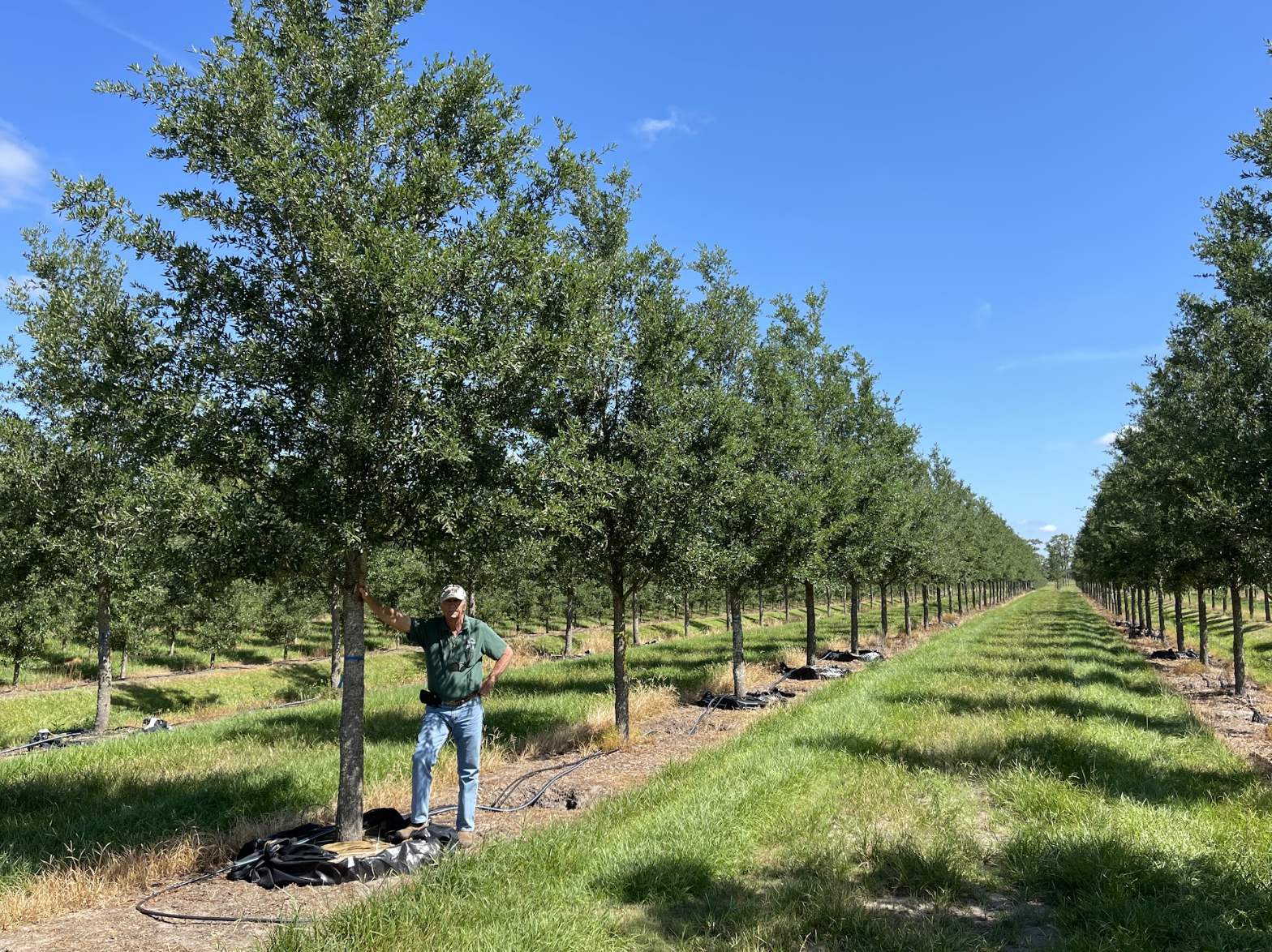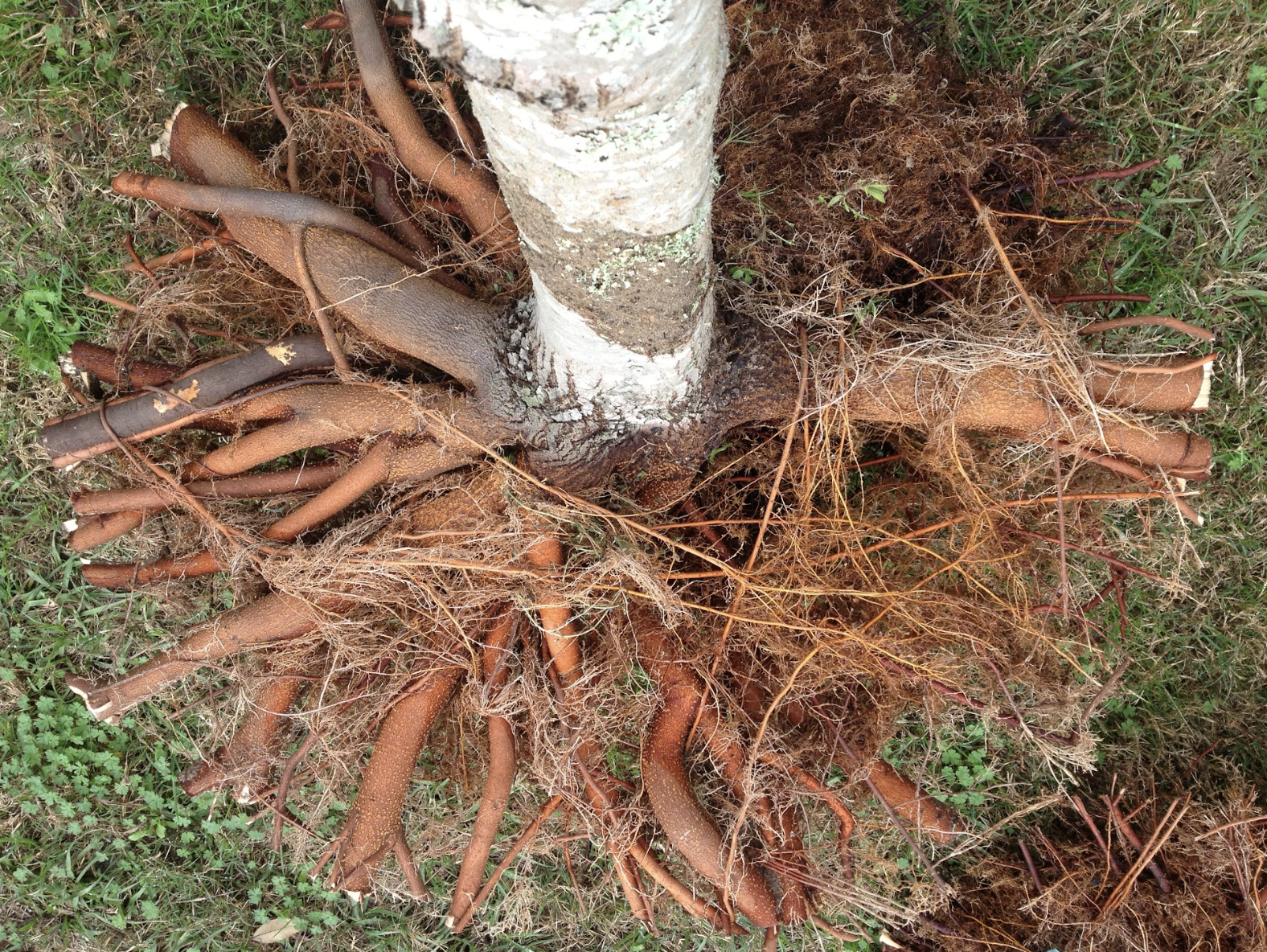Contracts, Court Cases & Consequences
INDUSTRY INSIGHTS WITH JOHN CONROY This column is offered in an attempt to keep you and your employees out of the courtroom or other contentious...
 John Conroy on Boardwalk Row
John Conroy on Boardwalk Row
Florida Grower John Conroy Explains the Florida Grades & Standards for Nursery Plants, A resource for Growers, Landscape Architects, Inspectors & Other Industry Professionals to Measure Tree Quality.
Industry Insights with Florida Horticulturist John Conroy
 Governing guidelines for nursery plants have existed in Florida for many decades. The guidelines were derived from detailed, specific characteristics that industry professionals use as measures to grade healthy and safe trees. These trees have the best chance for success. The document, called the Florida Grades and Standards for Nursery Plants, states its main objective is that “the nursery industry precisely communicates the attributes of its valued product.”
Governing guidelines for nursery plants have existed in Florida for many decades. The guidelines were derived from detailed, specific characteristics that industry professionals use as measures to grade healthy and safe trees. These trees have the best chance for success. The document, called the Florida Grades and Standards for Nursery Plants, states its main objective is that “the nursery industry precisely communicates the attributes of its valued product.”
Initially, grading standards focused heavily on aesthetics. As hurricanes grew stronger and more frequent though, industry leadership recognized the importance of producing, installing and maintaining structurally sound trees and palms.
"Now the process requires greater attention to structural integrity, emphasizing well-formed, architecturally correct, healthy trees."
Drafters invested considerable resources to research and establish the grading process. They gathered input from a cross section of green industry professionals, including landscape architects, contractors, growers, arborists, maintenance professionals, academics and government officials, to build the foundation for the grading document. The document is revised every five years based on on-going research data and experience.
Florida Grades and Standards has well-served the state’s commitment to provide safer, healthier and more sustainable trees. The document is now a required tool in the state’s industry, and if the tool is left in the shed, trees are not effectively evaluated. Poorly grown or maintained trees often fail, resulting in replacement costs, property loss and personal injury. Obviously, failures aren't always avoidable but if we are truly responsible professionals and properly culture trees, we can mitigate risks.


(Left) Team writing; (Right) Florida Grades & Standards for Nursery Plants 2015
The general population does not understand arboriculture so the question becomes: Are we willing to regulate ourselves and provide better products and processes? Advancement in business is often met with resistance. Change collides with vested interests, model building, legitimization, implementation, enforcement and other obstacles that create headwinds. But, as Dr. Ed Gilman made clear in the last issue of Pro Landscaper, “with the enforcement of grades, combined with specifications, the customer gets a better tree.”


Representative views from professionals across the industry share their insights in the value and application of grades and standards.

Lloyd Morgan
General Manager for Fish Branch Tree Farm, Inc. for over 20 years
John: Do they hold people more accountable?
Lloyd: Grades and standards offer a common language to growers, buyers, landscape architects, and others. When a #1 grade live oak is on the landscape plan, there is little question about what that means in terms of the quality of the branch structure, root system, and overall health of the tree. If there is a dispute over whether a tree meets the grade, a review of the grades and standards document is usually enough to clear up the matter.
John: How have the grades and Standards impacted growing practices?
Lloyd: Our goal is to produce a Florida Fancy every time. If a tree isn’t at least a #1 grade, it rarely makes it to the job site. The industry as a whole no longer accepts trees of lesser quality. “Florida #1 or better” is a common specification on landscape plans.

Scott Travis
Senior Purchasing Manager at BrightView Landscape
John: Are Florida's Grades & Standards relevant to your role?
Scott: I would say that 95% of the jobs that we perform specify Florida as #1 or better regarding plant material quality. By applying these standards in grading plant material, the variance that can occur from individual opinion is lessened and more uniformity is achieved.
John: Do G&S make your job easier or harder?
Scott: My job has become much easier as the Florida Grades and Standards has been accepted as the plant quality rule. When I first started 20 years ago, prior to the institution of the G&S, I may have tagged two out of every ten trees in a nursery as the quality I desired. Now with the uniformity, I can tag almost every commercially grown tree.
John: Do Brightview purchasing agents in other states struggle with material quality due to the absence of G&S?
Scott: There is variance in the quality of plant material by region. Often trees are purchased here in Florida to ship to Texas, but I think that is driven mainly by availability not quality. I have seen great improvement throughout the Southeast in the quality of trees and shrubs though. I don’t know if this has been driven by FG&S, but it is a definite possibility.

Joe Samnik
Expert Tree Consultant & National Leader in Forensic Arboriculture
Founding president of the International Society of Arboriculture (ISA), Florida Chapter
John: Do the Grades and Standards Hold People More Accountable?
Joe: Every tradesman involved with the landscape is now responsible, through a contractual obligation, to perform to the specificity outlined in Florida’s Grades and Standards. The accountability cannot be denied or circumvented once the contract is in force.
John: Why is it Important to Include the Grades and Standards in Your Contracts?
Joe: There are a multiplicity of important criteria contained within the Grades and Standards which is not conveyed in a set of landscape drawings. This includes precise communication between the buyer and the seller, a vehicle for buyer and seller communication, and the details which facilitate that communication.
John: How Have Grades and Standards Played a Role in Court Cases?
Joe: The landscape bidding process includes but is not necessarily limited to the landscape architects’ specifications. These specifications include illustrations and narratives that become part of a binding contract between the successful landscape installer who was awarded the bid, and the person paying for the landscape installation. This binding contract holds great peril for all involved: peril found in the compliance, or noncompliance, of the written specifications which formed the contract.

INDUSTRY INSIGHTS WITH JOHN CONROY This column is offered in an attempt to keep you and your employees out of the courtroom or other contentious...

Last issue Florida grower John Conroy talked with Laurie Hall from CHW about Right Plant, Right Place. In this issue, John interviews Dr. Ed Gilman,...